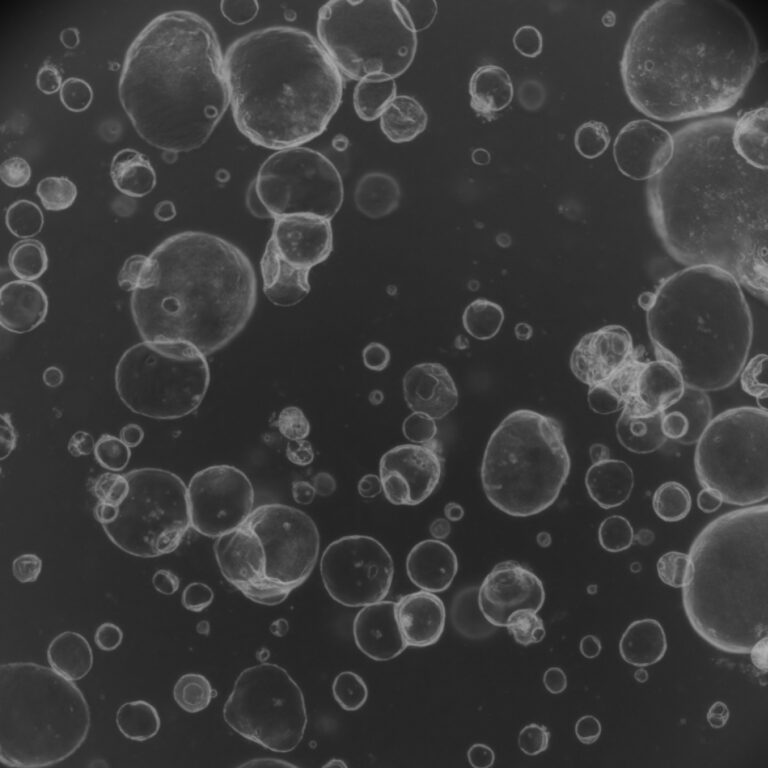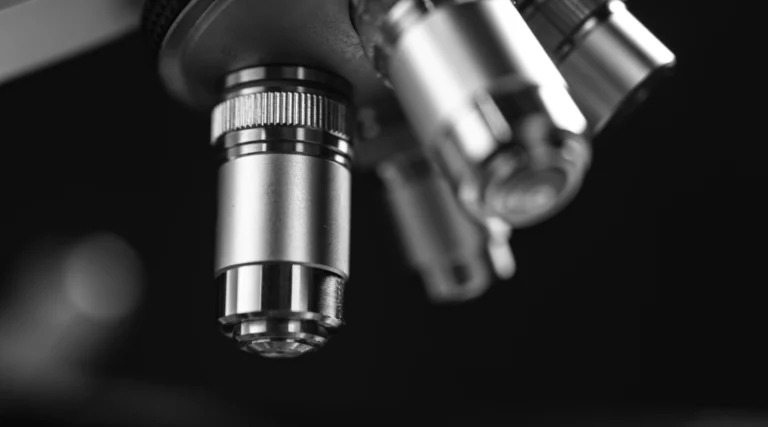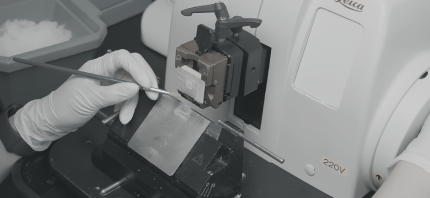Breakthrough microfluidic technology is transforming the way scientists understand immune responses to infections and vaccines. The incredible mEM platform cuts down sample needs from 500 microlitres to just 4 microlitres and speeds up analysis from weeks to only a few hours.
This exciting shift makes it possible to optimise vaccines in real-time and develop personalised immunotherapies. By examining antibody-virus interactions on tiny scales, researchers can now work with precious biobank samples and paediatric specimens that were previously too difficult to study.
The positive impact reaches far beyond labs. Faster immune profiling can help speed up responses to pandemics, allowing for quick updates to vaccines as new variants appear. For developing countries with limited healthcare facilities, this compact approach makes advanced immunological testing more accessible.
Monitoring individual patients becomes easier, turning reactive medicine into proactive healthcare. As personalised treatments grow, these innovations help connect the latest research with practical clinical solutions, paving the way for a future where understanding the immune system leads to tailored therapies.
Research article: Microfluidics combined with electron microscopy for rapid and high-throughput mapping of antibody–viral glycoprotein complexes
Lambda Biologics’ Oncology Solutions: Patient-derived cancer organoid-based drug evaluation service
Gastric Cancer Organoid | Breast Cancer Organoid | Hepatocarcinoma Cancer Organoid | Pancreatic Cancer Organoid



